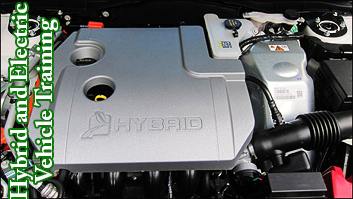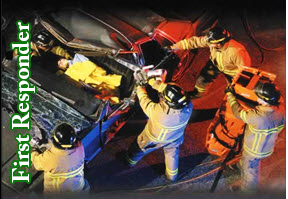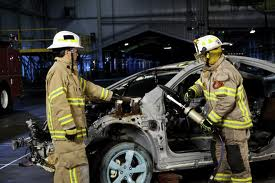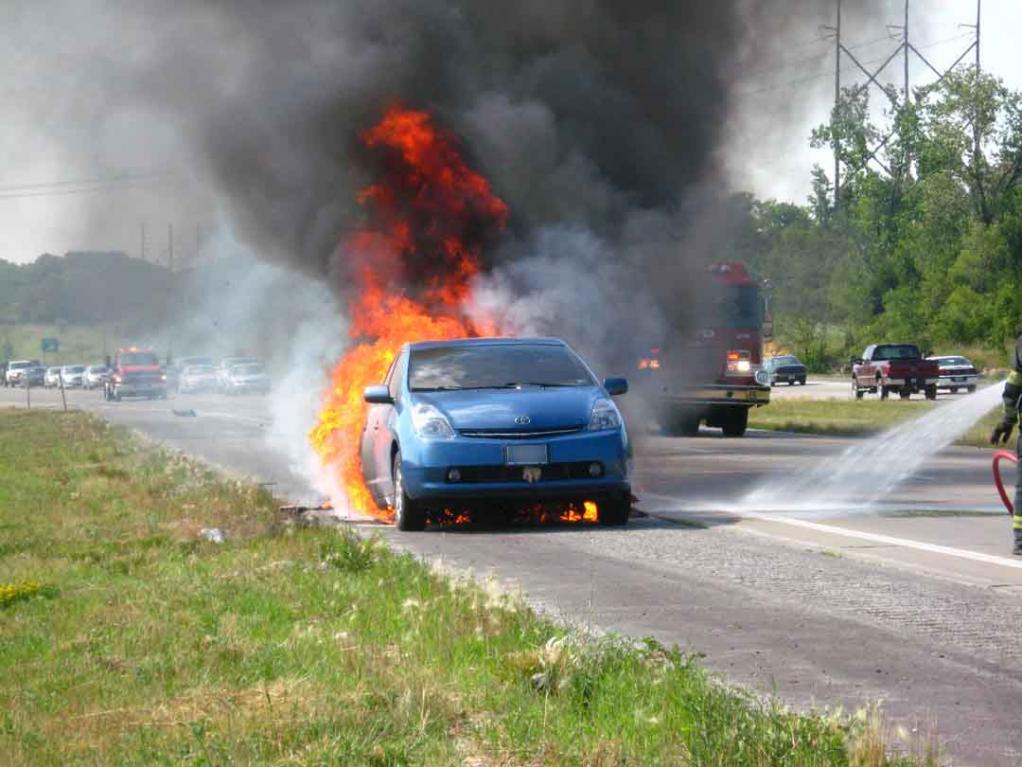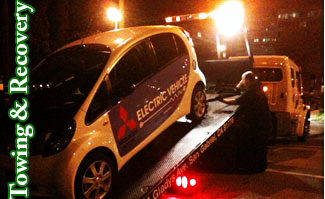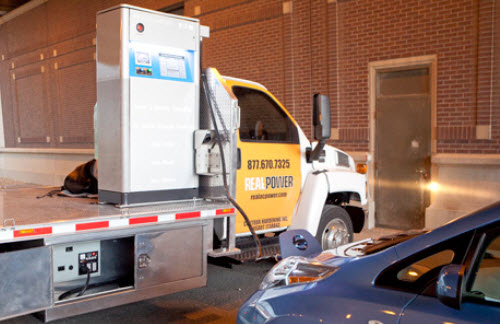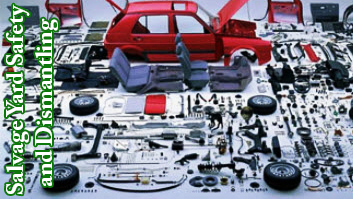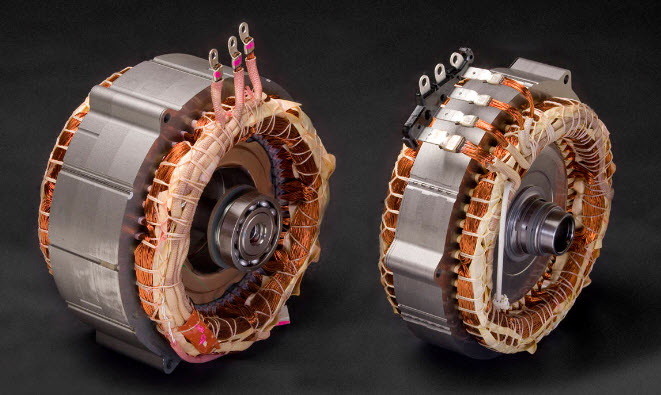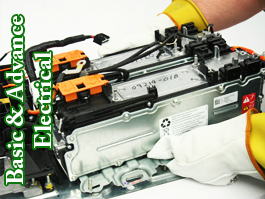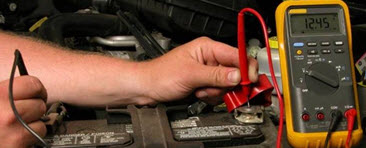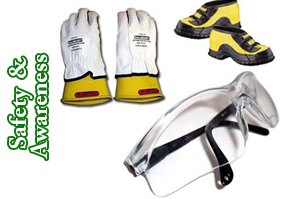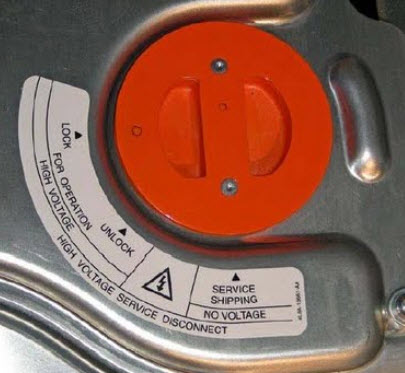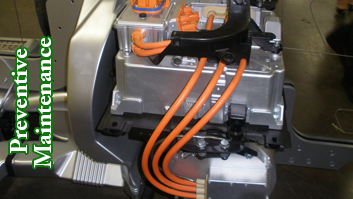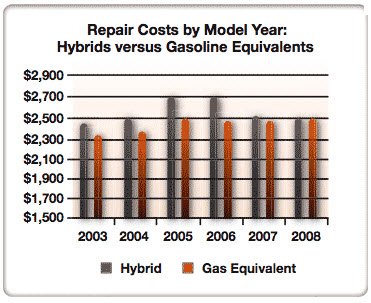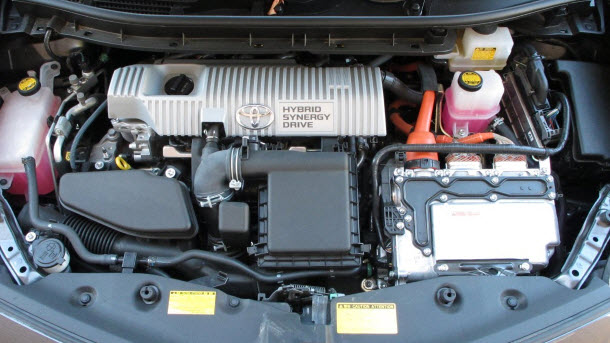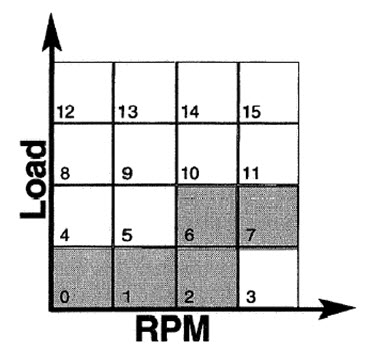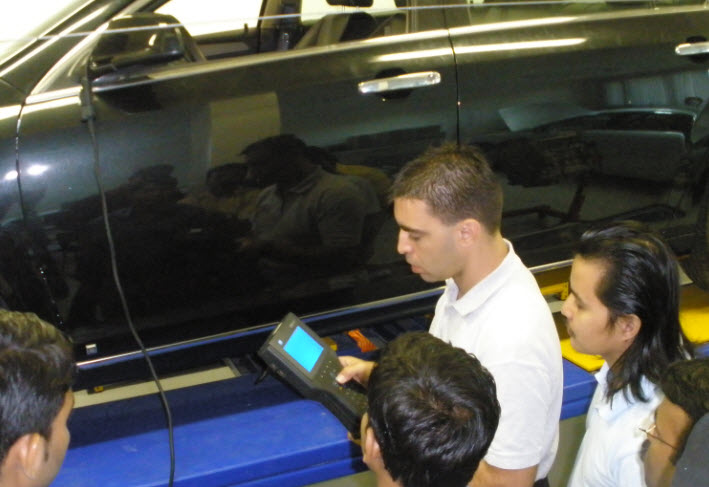The problem
One of the major complaints is the fact that sales training is not available and that vehicle salespeople are usually reluctant to sell electric vehicles, or that “The auto dealers sales people does not have sufficient knowledge and skills to adequately inform consumers”.
The educational solution has a technical knowledge
Due to the high volume of demand, we have developed an interactive approach in hybrid training, to identify better their request, here are the key points we encountered:
- Give enough time for disseminating of information on EVs
- Gather informations on consumers who are looking for an electric vehicle to better guide them with their options
- Promote EVs and products / ancillary services offered in Quebec
- Give tests EV
- Demonstrate and give an explanation of how the features and options for all vehicles sold
- Properly inform the warranty of each vehicle
Types of clients EV
We generally find two types of customers interested in electric vehicles:
· The technical customer
· The environmentalist customer
Learn how to answer them properly
How to respond to the client by analyzing their needs
When a client shows interest for an electric vehicle, it is important to analyze their needs, wants and the client’s lifestyle, more so than for a client interested in a gasoline vehicle
An analysis of needs in a good form determines whether the wanted car is the best option for this client.
What will be the use of the vehicle?
Will the vehicle be the primary or secondary?
Does the customer travels a long distance to get to work?
Does the customer have mountainous road on his daily commute?
Does the client lives in a house or an apartment?
Is there a charger at the workplace?

